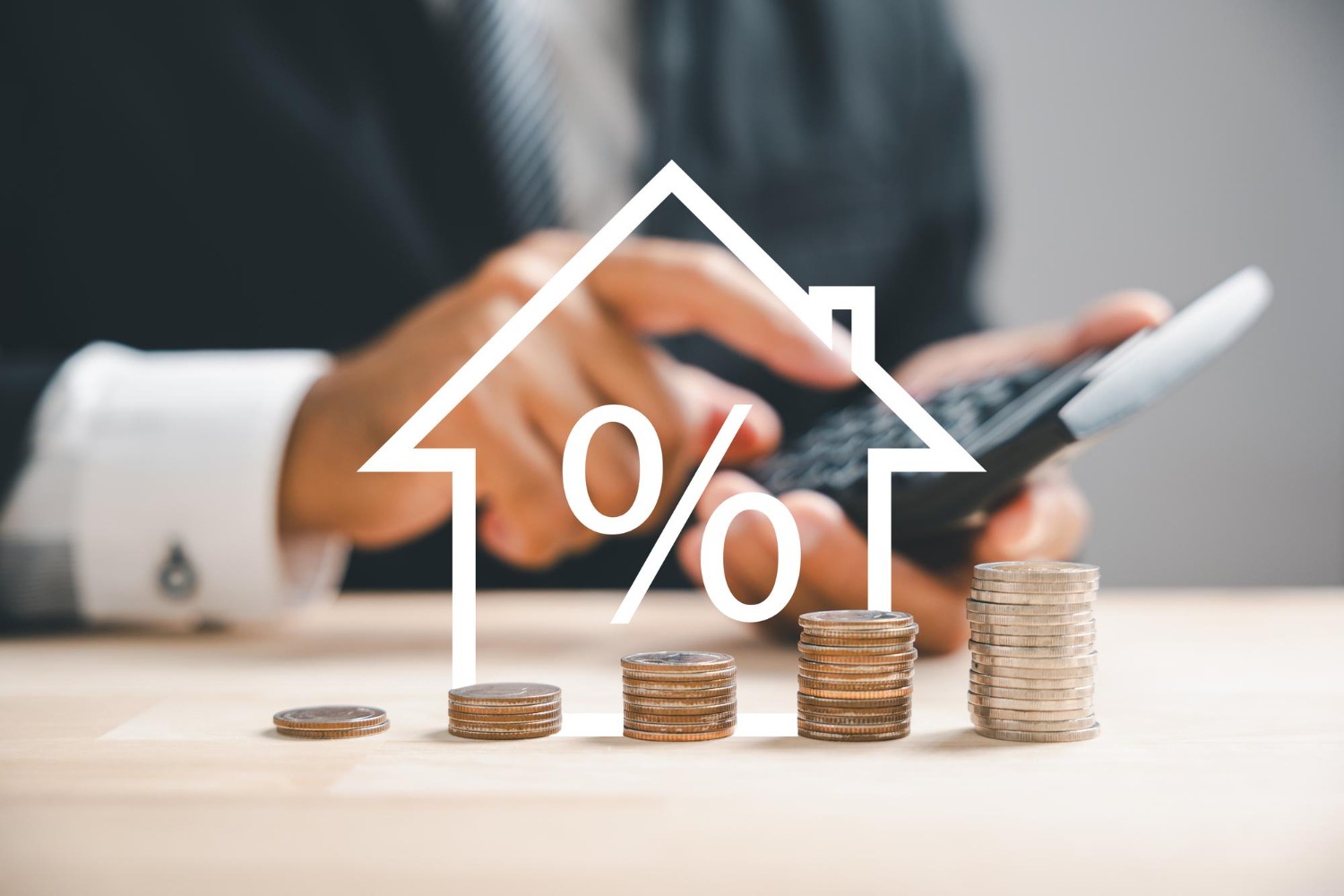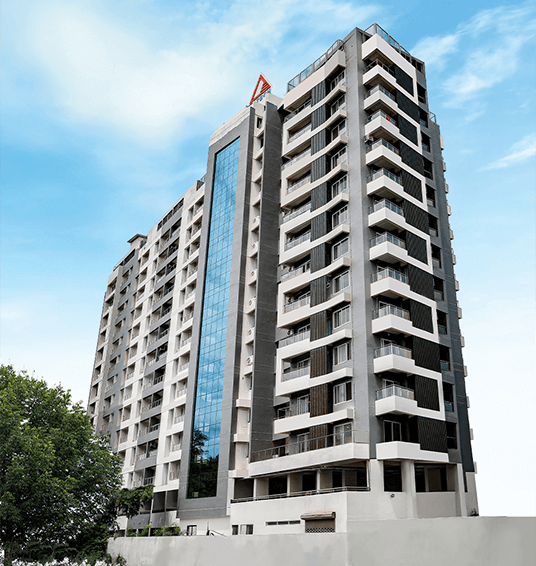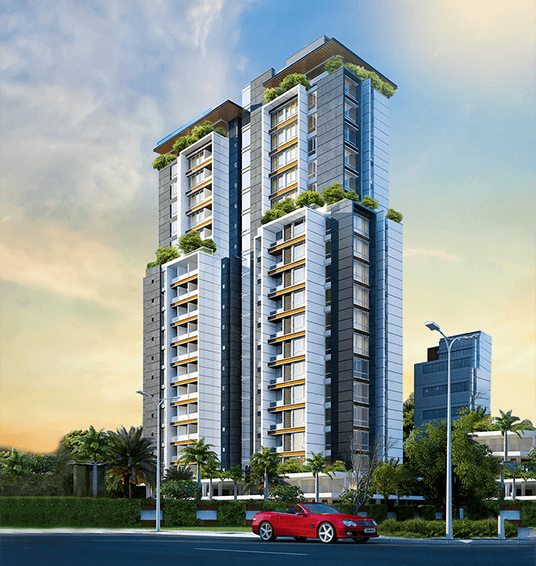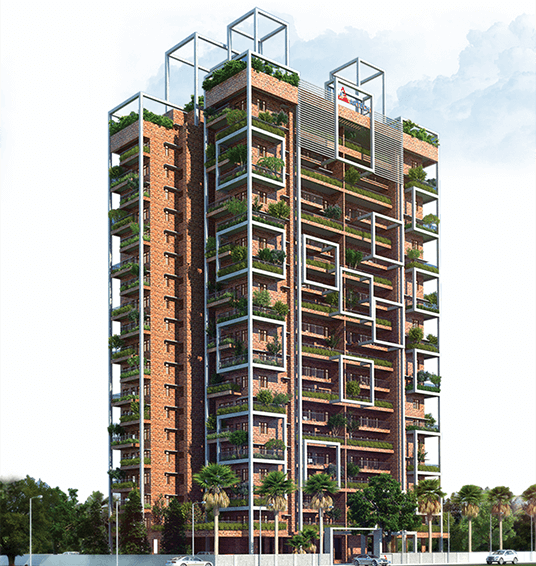
The year has gone by had its fair share of tumultuous ups and downs for the country, with the real estate industry not being spared either. The entrance of demonetization, as well as the GST, did their share in upsetting the applecart, resulting in an artificial paucity of homebuyers.
Most potential investors weren’t sure how the market would play out and were in the ‘wait-and-watch’ mode. With the coming in of the New Year and the dust finally settling down, most buyers have had their doubts and questions cleared.
The interim period also helped builders and developers concentrate on completing their ongoing projects and create a balance between the demand-and-supply of homes in the market. Though not many new projects were announced last year, business is again picking up as usual with big brands launching bigger and better projects again.
However, there is a perception going around that GST is only applicable to the ongoing projects and ready-to-move-in homes are exempt from the new tax regime. Developers believe that since the cost of construction is coming down with the implementation of the GST, and input credit becoming available to them, they can afford to share out the profits. And homebuyers who opt for ready-to-move-in homes (for which the Occupancy Certificate has already been issued) will not have to bear any additional taxes which are part of the current market scenario.
Typically, the builder has to pay the excise tax and VAT on cement and steel which vary around 27.7% and 18.1% respectively. With the new regime, they will pay 28% and 18% respectively; other materials including paint and white goods will also attract 28% GST. However, the final product, which is the residence, will attract an overall tax of 12%, with credit for taxes paid on inputs.
With this total tax of 12% covering the entire cost of construction plus the land, the sum accrued is sufficient to provide for input credit for the builders. In this way, customer-centric builders who have a brand name at stake are taking away the additional tax burden from homebuyers who are opting for ready-to-move-in apartments.
However, there is an element of loss to the builder here as ready-to-move-in properties remain out of the GST ambit and the builder doesn’t get any benefit of the input tax credit from them.
So, for those of you sitting undecided on the fence now is a good time as any, to hop down and invest in ready-to-move-in homes.













